Table of Contents
Quality Service Guarantee Or Painting Free

Get a rental agreement with doorstep delivery

Find the BEST deals and get unbelievable DISCOUNTS directly from builders!

5-Star rated painters, premium paints and services at the BEST PRICES!
Loved what you read? Share it with others!
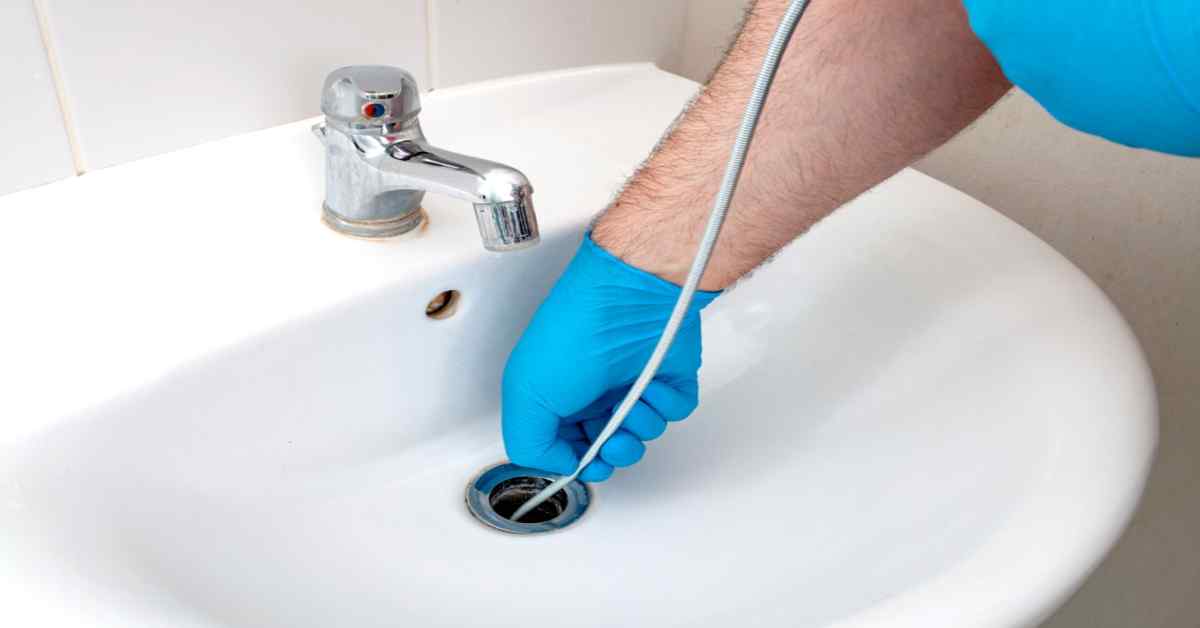
How to Clean Your Sink Drain Like a Pro
Table of Contents
Are you tired of dealing with slow drainage and foul odours in your kitchen or bathroom sink? It's time to take action and learn how to clean sink drains effectively. Maintaining a clean sink drain is essential for ensuring proper hygiene and preventing frustrating clogs. Over time, sinks can accumulate debris, grease, and other substances that not only cause unpleasant odours but also impede water flow, leading to potential plumbing issues. Fortunately, with the right techniques and regular maintenance, cleaning your sink drain can be a simple and effective task.
In this comprehensive guide, we'll walk you through everything you need to know about how to clean sink drains, from understanding the importance of regular maintenance to implementing DIY cleaning methods and troubleshooting common issues. Whether you're dealing with a clogged drain, unpleasant odours, or simply want to keep your sink in top condition, we've got you covered. Let's dive in!
Why Regular Sink Cleaning is Required?
Sink drains are prone to accumulating various substances over time, including food particles, grease, soap scum, and hair. When left unattended, these materials can form clogs, leading to slow drainage or complete blockages. Additionally, stagnant water in the drain can create a breeding ground for bacteria and unpleasant odours, compromising the cleanliness of your kitchen or bathroom.
Quality Service Guarantee Or Painting Free

Get a rental agreement with doorstep delivery

Find the BEST deals and get unbelievable DISCOUNTS directly from builders!

5-Star rated painters, premium paints and services at the BEST PRICES!
Regularly cleaning your sink drain not only prevents clogs and odours but also helps maintain the overall health of your plumbing system. By adopting proactive cleaning habits, you can avoid costly repairs and ensure that your sink remains functional and hygienic for years to come.
How to Clean Sink Drain:
Remove Debris
- Begin by visually inspecting the drain opening and removing any visible debris or obstructions. Use your fingers, a pair of tweezers, or a small brush to clear away any hair, food particles, or other buildup near the surface of the drain.
- If the drain is equipped with a removable stopper or strainer, take it out and clean it separately. Use a brush or sponge to scrub away any residue or buildup, then rinse it thoroughly with water before reinstalling it.
Flush with Hot Water
- Once you've cleared away surface debris, flush the drain with hot water to help loosen and flush away any remaining buildup or residue. Boil a kettle or pot of water and carefully pour it down the drain in a slow, steady stream. The hot water will help dissolve grease and soap scum, as well as clear away any lingering odours.
- For best results, use a kettle or pot with a spout to control the flow of water and prevent splashing. Be cautious when handling boiling water to avoid burns or injuries.
Use a Homemade Cleaner
- For deeper cleaning and odour removal, create a homemade cleaning solution using baking soda and vinegar. Start by pouring about half a cup of baking soda down the drain. Baking soda is a natural abrasive that helps scrub away buildup and odours.
- Next, pour one cup of vinegar down the drain to create a foaming reaction. The combination of baking soda and vinegar will help break down grease and dissolve organic matter, leaving your drain clean and fresh.
- Allow the mixture to fizz and bubble for about 15-30 minutes, allowing it to work its way through the drain and break down any stubborn buildup. During this time, you may hear bubbling or fizzing sounds as the chemical reaction takes place.
- After the allotted time has passed, flush the drain with hot water to rinse away the cleaning solution and any loosened debris. Repeat the process if necessary until the water runs clear and the drain is free-flowing.
How to Clean Sink Drain Pipe
Locate the Trap
- The U-shaped pipe beneath the sink, known as the trap, is a common area where debris and buildup can accumulate. Start by locating the trap, which is typically found underneath the sink basin and connected to the drainpipe.
- Place a bucket or container underneath the trap to catch any water or debris that may come out during the cleaning process.
Prepare the Area
- Before removing the trap, it's essential to prepare the area to avoid any mess or spills. Lay down old towels or newspapers under the sink to catch any drips or spills, and put on a pair of rubber gloves to protect your hands.
Remove the Trap
- Use a wrench or pair of pliers to loosen the fittings on both ends of the trap. Turn the fittings counterclockwise to loosen them, and be prepared to catch any water or debris that may spill out.
- Once the fittings are loose, carefully remove the trap from the drainpipe. If the fittings are stubborn, you may need to use some force, but be careful not to damage the pipes.
Clean the Trap
- Once the trap is removed, inspect it for any signs of buildup, debris, or clogs. Use a brush or a pipe cleaner to scrub the interior of the trap and remove any residue or buildup.
- If the buildup is stubborn, you can soak the trap in a mixture of hot water and dish soap to help loosen it. Allow the trap to soak for 15-30 minutes before scrubbing it clean.
- Rinse the trap thoroughly with hot water to remove any remaining debris or cleaning solution. Check the trap for any signs of damage or corrosion, and replace it if necessary.
Reassemble the Trap
- Once the trap is clean and free of debris, reassemble it by tightening the fittings securely. Ensure that the fittings are properly aligned and tightened to prevent leaks.
- Use a wrench or pair of pliers to tighten the fittings, but be careful not to over-tighten them, as this can cause damage to the pipes.
Test the Drain
- After reassembling the trap, run water through the drain to test for proper flow and drainage. Check for any leaks around the fittings and tighten them further if necessary.
- If the drain is flowing smoothly and there are no leaks, you have successfully cleaned the sink drain pipe!
How to Clean Sink Drain with Baking Soda
To clean a sink drain with baking soda, follow these steps:
- Boil Water: Start by boiling a pot of water. This will help loosen any debris and make it easier to remove.
- Pour Baking Soda: Pour about half a cup of baking soda down the drain. Baking soda is a natural cleaner and deodoriser that helps break down grease and grime.
- Add Vinegar: After pouring the baking soda, follow it up with a cup of vinegar. The combination of baking soda and vinegar creates a fizzy reaction that helps dislodge any buildup in the drain.
- Let It Sit: Allow the baking soda and vinegar mixture to sit in the drain for about 15-30 minutes. This gives it time to work its magic and break down the debris.
- Flush with Hot Water: After letting it sit, pour the boiling water down the drain to flush away the loosened debris. Be careful when handling boiling water to avoid burns.
- Repeat if Necessary: If the drain is still not completely clean, you can repeat the process or try using a plunger to further dislodge any stubborn clogs.
- Maintain Regularly: To keep your sink drain clean and prevent future clogs, consider doing this baking soda cleaning method once a month as part of your regular maintenance routine.
How to Clean Sink Drain Bathroom
To clean a bathroom sink drain effectively, you can follow these steps:
- Remove Debris: Start by removing any visible debris or hair from the drain opening. You can use gloves or a pair of tweezers to pull out any hair or gunk that may be trapped near the surface.
- Boil Water: Boil a pot of water. Hot water helps to loosen any greasy residue or soap scum that may be coating the inside of the drain pipes.
- Pour Boiling Water: Carefully pour the boiling water down the drain. This will help flush away loosened debris and clear minor clogs.
- Use Baking Soda: Pour about half a cup of baking soda down the drain. Baking soda is a natural cleaner and deodoriser that helps break down organic matter and neutralise odours.
- Add Vinegar: Follow up the baking soda with a cup of vinegar. The combination of baking soda and vinegar creates a fizzy reaction that helps dislodge buildup and debris from the drain pipes.
- Let It Sit: Allow the baking soda and vinegar mixture to sit in the drain for about 15-30 minutes. This gives it time to work its way through the pipes and break down any remaining residue.
- Flush with Hot Water: After letting it sit, flush the drain with hot water again to rinse away the loosened debris and cleaning solution.
- Use a Plunger: If the drain is still not fully clear, you can try using a plunger to dislodge any stubborn clogs. Place the plunger over the drain opening and push and pull forcefully to create suction and loosen the blockage.
- Repeat if Necessary: If the drain is still slow or clogged after the initial cleaning, you may need to repeat the process or try using a drain snake to remove any deeper clogs.
- Regular Maintenance: To prevent future clogs, consider using a drain strainer to catch hair and debris before it can go down the drain. You can also perform this cleaning routine regularly, such as once a month, to keep your sink drain running smoothly.
How to Clean Sink Drain Without Baking Soda
Here’s a method to clean your sink drain without using baking soda:
- Boil Water: Start by boiling a pot of water. Hot water is effective in breaking down grease and grime that may be clogging your drain.
- Pour Boiling Water: Carefully pour the boiling water down the drain. This will help to loosen any debris and flush away minor clogs.
- Use Vinegar and Salt: If you have vinegar and salt available, you can create a natural cleaning solution. Mix equal parts of vinegar and salt to form a paste-like consistency.
- Apply the Solution: Apply the vinegar and salt mixture directly to the drain opening. Use a brush or sponge to scrub the inside of the drain and dislodge any buildup.
- Let It Sit: Allow the vinegar and salt solution to sit in the drain for about 15-30 minutes. This will give it time to break down any remaining residue.
- Flush with Hot Water: After letting it sit, flush the drain with hot water again to rinse away the loosened debris and cleaning solution.
- Use a Plunger: If the drain is still not fully clear, you can try using a plunger to dislodge any stubborn clogs. Place the plunger over the drain opening and push and pull forcefully to create suction and loosen the blockage.
- Repeat if Necessary: If the drain is still slow or clogged after the initial cleaning, you may need to repeat the process or try using a drain snake to remove any deeper clogs.
- Regular Maintenance: To prevent future clogs, consider using a drain strainer to catch hair and debris before it can go down the drain. You can also perform this cleaning routine regularly, such as once a month, to keep your sink drain running smoothly.
How to Clean Sink Drain Clogged
When dealing with a clogged sink drain, you'll want to take action promptly to avoid further issues. Here's a step-by-step guide to cleaning a clogged sink drain:
- Assess the Severity: Determine the extent of the clog. If the water is draining slowly but still moving, it's a partial clog. If the water isn't draining at all or is backing up, it's a full clog.
- Remove Standing Water: If there's standing water in the sink, remove as much as possible using a bucket or a cup. This will make it easier to work on the drain.
- Check the Drain Stopper: If your sink has a pop-up stopper or removable drain cover, inspect it for any hair, soap scum, or debris that may be causing the clog. Remove and clean it thoroughly.
- Use a Plunger: If the clog is minor, you can try using a plunger to dislodge it. Place the plunger over the drain opening and push and pull forcefully to create suction. Repeat several times if necessary.
- Try a Drain Snake: If the plunger doesn't work, or if it's a stubborn clog, use a drain snake (also known as a drain auger) to physically remove the blockage. Insert the snake into the drain and rotate it clockwise while pushing it forward. When you encounter resistance, continue to push and rotate until the snake breaks through the clog.
- Flush with Hot Water: After clearing the clog, flush the drain with hot water to rinse away any remaining debris. This will help ensure that the drain flows freely.
- Use a Natural Cleaner: To prevent future clogs and keep your drain smelling fresh, you can use a natural cleaner like vinegar and baking soda. Pour half a cup of baking soda followed by a cup of vinegar down the drain. Let it sit for about 15 minutes, then flush with hot water.
- Maintain Regularly: To prevent clogs from recurring, consider using a drain strainer to catch hair and debris before it goes down the drain. Additionally, perform routine maintenance by using a natural cleaner once a month to keep the drain clear and odour-free.
How to Clean Sink Drain Smell
To tackle a smelly sink drain, follow these steps to refresh and deodorise it:
- Flush with Hot Water: Start by running hot water down the drain for a few minutes. Hot water helps to flush away any trapped food particles, grease, or other debris that may be causing the odour.
- Use Baking Soda and Vinegar: Pour about half a cup of baking soda down the drain, followed by a cup of vinegar. The combination of baking soda and vinegar creates a fizzy reaction that helps break down organic matter and neutralise odours. Let the mixture sit in the drain for about 15 minutes.
- Follow with Hot Water: After letting the baking soda and vinegar mixture sit, flush the drain again with hot water to rinse away any remaining residue and odours.
- Use Lemon or Citrus: Cut a lemon or lime into wedges and squeeze the juice down the drain. You can also drop the wedges into the disposal if you have one. The natural acids in citrus fruits help to break down grease and eliminate odours.
- Clean the Drain Cover: Remove the drain cover or stopper and clean it thoroughly. Use a brush or sponge and some soapy water to scrub away any buildup or grime.
- Use a Commercial Cleaner: If the odour persists, you can use a commercial drain cleaner specifically designed to tackle odours. Follow the manufacturer's instructions carefully when using these products.
- Maintain Regularly: To prevent odours from recurring, incorporate regular maintenance into your cleaning routine. Use baking soda and vinegar once a month to keep the drain fresh and clear.
- Check for Plumbing Issues: If the odour persists despite your efforts, there may be an underlying plumbing issue such as a clog or a damaged pipe. In such cases, it's best to consult a professional plumber for further assistance.
How to Clean Sink Drain Plug
Cleaning a sink drain plug is essential for maintaining proper drainage and preventing odours. Here's a step-by-step guide to clean your sink drain plug:
- Remove the Plug: If your sink has a removable drain plug or stopper, start by lifting it out of the drain. Depending on the type of plug, you may need to unscrew it or simply lift it straight up.
- Inspect for Debris: Examine the drain plug for any buildup of hair, soap scum, or other debris. Use a pair of gloves or a paper towel to remove any visible gunk from the surface of the plug.
- Clean with Soap and Water: Fill a basin or bucket with warm, soapy water. Submerge the drain plug in the soapy water and use a brush or sponge to scrub away any remaining dirt or grime. Pay special attention to any crevices or grooves where debris may be trapped.
- Rinse Thoroughly: After scrubbing, rinse the drain plug thoroughly under running water to remove any soap residue. Make sure to rinse both the top and bottom surfaces of the plug.
- Disinfect: To disinfect the drain plug and kill any bacteria or germs, you can soak it in a mixture of water and bleach. Mix one part bleach with nine parts water and let the drain plug soak for about 10-15 minutes. Then, rinse it thoroughly with water.
- Dry Completely: Once clean, dry the drain plug thoroughly with a clean towel or paper towel. Make sure it's completely dry before placing it back in the drain to prevent mould or mildew growth.
- Reassemble: If the drain plug is removable, place it back in the drain and secure it in place according to the manufacturer's instructions. If it's a pop-up stopper, reinsert it into the drain and ensure it moves up and down smoothly.
- Regular Maintenance: To prevent buildup and odours, incorporate cleaning the drain plug into your regular cleaning routine. Clean it every few weeks or as needed to keep it free from debris.
How to Clean Sink Drain with Vinegar
Cleaning a sink drain with vinegar is a natural and effective method to remove buildup and odours. Here's how to do it:
- Boil Water: Start by boiling a pot of water. Hot water helps to loosen any debris and prepares the drain for cleaning.
- Pour Boiling Water Down the Drain: Carefully pour the boiling water down the sink drain. This will help flush away any loose debris and prepare the drain for the vinegar solution.
- Measure Vinegar: Measure out about one cup of vinegar (white vinegar or apple cider vinegar both work well) and pour it down the drain.
- Let It Sit: Allow the vinegar to sit in the drain for at least 30 minutes, or even overnight for stubborn buildup. The vinegar will work to dissolve any grease, soap scum, or mineral deposits in the drain.
- Flush with Hot Water: After allowing the vinegar to sit, flush the drain with hot water again. This will help rinse away the loosened debris and vinegar residue.
- Repeat if Necessary: For particularly stubborn buildup or odours, you may need to repeat the process a few times. You can also try using a brush or sponge to scrub the inside of the drain while the vinegar is soaking.
- Optional: Use Baking Soda: If you have baking soda available, you can enhance the cleaning power by adding it before the vinegar. Simply pour about half a cup of baking soda down the drain, followed by the vinegar. The combination of baking soda and vinegar creates a fizzy reaction that helps break down debris and odours.
- Maintain Regularly: To prevent buildup and odours from returning, consider incorporating regular maintenance into your cleaning routine. You can clean your sink drain with vinegar once a month or as needed to keep it clean and odour-free.
How to Clean Sink Drain Stopper
Cleaning a sink drain stopper is important for maintaining proper drainage and preventing odours. Here's a step-by-step guide to clean your sink drain stopper:
- Remove the Stopper: If your sink has a removable drain stopper, start by lifting it out of the drain. Depending on the type of stopper, you may need to unscrew it, lift it straight up, or release a lever mechanism to remove it.
- Inspect for Debris: Examine the stopper for any buildup of hair, soap scum, or other debris. Use a pair of gloves or a paper towel to remove any visible gunk from the surface of the stopper.
- Clean with Soap and Water: Fill a basin or bucket with warm, soapy water. Submerge the drain stopper in the soapy water and use a brush or sponge to scrub away any remaining dirt or grime. Pay special attention to any crevices or grooves where debris may be trapped.
- Rinse Thoroughly: After scrubbing, rinse the drain stopper thoroughly under running water to remove any soap residue. Make sure to rinse both the top and bottom surfaces of the stopper.
- Disinfect (Optional): If desired, you can disinfect the drain stopper to kill any bacteria or germs. You can soak it in a mixture of water and bleach, using one part bleach to nine parts water, for about 10-15 minutes. Then, rinse it thoroughly with water.
- Dry Completely: Once clean, dry the drain stopper thoroughly with a clean towel or paper towel. Make sure it's completely dry before placing it back in the drain to prevent mould or mildew growth.
- Reassemble: If the drain stopper is removable, place it back in the drain and secure it in place according to the manufacturer's instructions. If it's a pop-up stopper, reinsert it into the drain and ensure it moves up and down smoothly.
- Regular Maintenance: To prevent buildup and odours, incorporate cleaning the drain stopper into your regular cleaning routine. Clean it every few weeks or as needed to keep it free from debris.
How to Clean Sink Drain Trap
Cleaning the sink drain trap is crucial for maintaining proper drainage and preventing blockages. Here's a step-by-step guide to clean your sink drain trap:
- Gather Supplies: Before you begin, gather the necessary supplies, including a bucket, old rags or towels, a pipe wrench or adjustable pliers, a wire brush or pipe cleaner, and a bottle brush or small scrub brush.
- Prepare the Area: Place a bucket underneath the sink to catch any water or debris that may come out of the trap. Lay down old rags or towels to protect the area from spills.
- Locate the Trap: The trap is a U-shaped pipe located beneath the sink. It's typically found directly below the drain opening and may be made of PVC, metal, or another material.
- Loosen the Slip Nuts: Use a pipe wrench or adjustable pliers to loosen the slip nuts that hold the trap in place. Turn the nuts counterclockwise to loosen them. You may need to use some force if they're stuck.
- Remove the Trap: Once the slip nuts are loosened, carefully remove the trap from the drain assembly. Be prepared for some water and debris to spill out into the bucket.
- Clean the Trap: Use a wire brush or pipe cleaner to remove any buildup or debris from the inside of the trap. You can also use a bottle brush or a small scrub brush to scrub away any stubborn grime.
- Inspect for Damage: While the trap is removed, inspect it for any signs of damage or wear. Look for cracks, corrosion, or other issues that may require repair or replacement.
- Clean the Drain Pipe: Use a wire brush or pipe cleaner to clean out the drain pipe leading from the trap to the wall. Remove any buildup or debris that may be trapped inside.
- Reassemble the Trap: Once the trap and drain pipe are clean, reassemble them by tightening the slip nuts. Make sure the trap is securely in place and there are no leaks.
- Test for Leaks: Run water down the sink to test for leaks. If you notice any leaks, tighten the slip nuts further until they're snug.
- Dispose of Debris: Dispose of any debris collected in the bucket properly. Avoid dumping it down another drain to prevent further clogs.
- Clean Up: Clean up the area underneath the sink and remove any rags or towels.
Get the Cleanest Sink Drain with NoBroker Cleaning Pros
In wrapping up our comprehensive guide on how to clean a sink drain, we've covered everything from basic maintenance to tackling stubborn clogs. A clean sink drain not only ensures smooth water flow but also keeps unpleasant odours at bay, promoting a hygienic environment in your kitchen or bathroom.
While DIY cleaning can be effective, it's understandable that not everyone has the time or inclination to tackle such tasks themselves. That's where professional cleaning services come in, and NoBroker Cleaning Professionals are here to help.
With NoBroker's cleaning services, you can leave the dirty work to the experts. Their skilled professionals are equipped with the right tools and expertise to thoroughly clean your sink drain and ensure it functions optimally. Whether it's removing buildup from the trap or scrubbing away grime, NoBroker's professionals will get the job done efficiently and effectively.
By opting for NoBroker's cleaning services, you can enjoy peace of mind knowing that your sink drain is in good hands. Say goodbye to clogs, odours, and the hassle of DIY cleaning. Schedule a service appointment with NoBroker Cleaning Professionals today and experience the convenience of a sparkling clean sink drain without lifting a finger. Your kitchen or bathroom will thank you for it!
Frequently Asked Questions
Ans: It's recommended to clean your sink drain regularly to prevent buildup and odours. For routine maintenance, aim to clean it once a month. However, if you notice slow drainage or unpleasant smells, it may be necessary to clean it more frequently.
Ans: While chemical drain cleaners can be effective in clearing clogs, they can also be harsh on your plumbing pipes and harmful to the environment. It's generally safer to use natural cleaning methods, such as vinegar and baking soda, to clean your sink drain.
Ans: To prevent clogs, avoid pouring grease, oil, coffee grounds, and food scraps down the drain. Use a drain strainer to catch hair and debris, and run hot water down the drain regularly to help flush away buildup.
Ans: If your sink drain remains clogged after cleaning, you may need to use a plunger or a drain snake to dislodge the blockage. Alternatively, consider calling a professional plumber for assistance, especially if the clog is severe or located deep within the pipes.
Ans: Persistent odours in your sink drain could indicate a buildup of bacteria or organic matter. To combat odours, try cleaning the drain with a mixture of vinegar and baking soda, and consider using a drain cleaner specifically designed to eliminate odours. Additionally, ensure that there are no leaks or other issues with your plumbing system contributing to the smell.
Recommended Reading
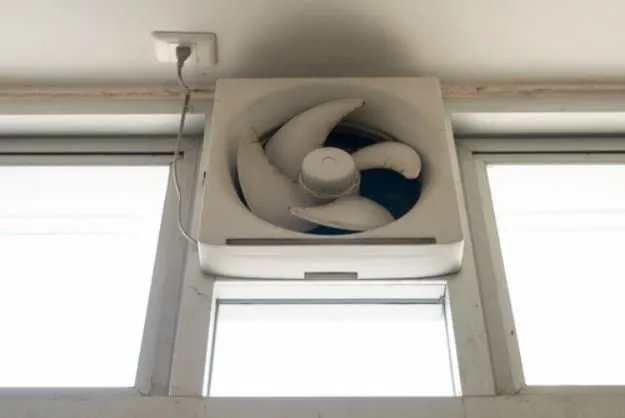
How to Clean Kitchen Exhaust Fan Properly: Tools, Process and DIY Solutions
January 15, 2025
13981+ views
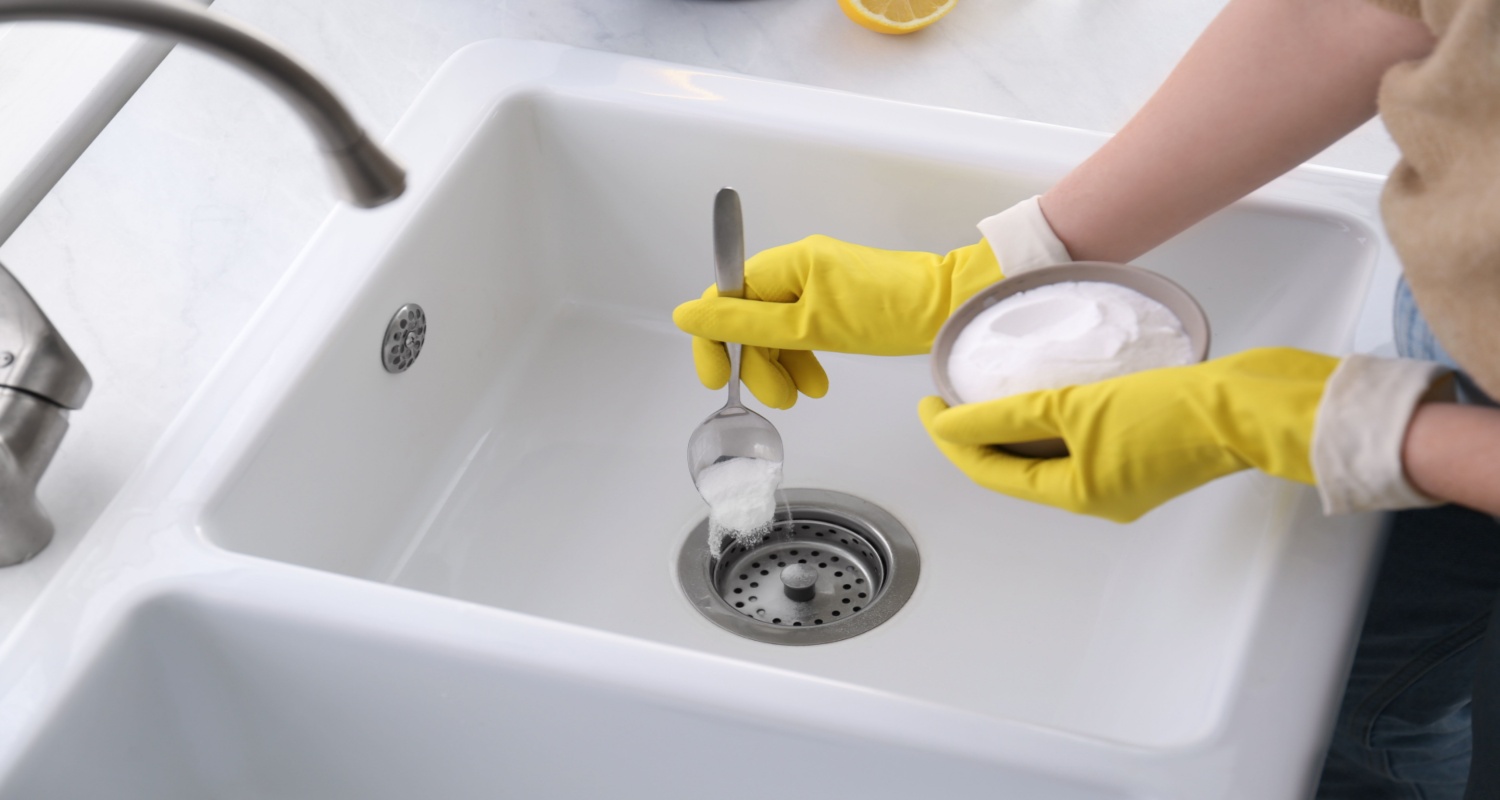
How to Clean Your Kitchen Sink: Simple Steps for a Sparkling Finish in 2026
January 31, 2025
12610+ views
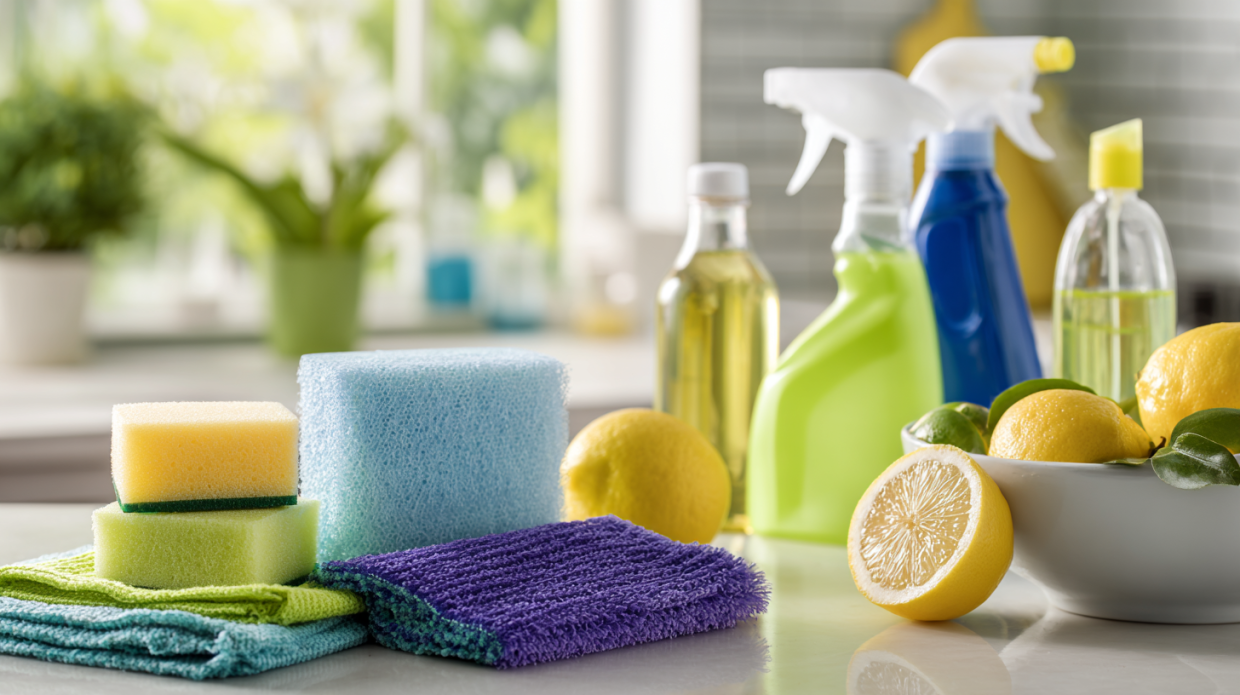
14 Easy Kitchen Cleaning Tips for a Fresh, Shiny and Hygienic Home in 2026
September 11, 2025
10678+ views

How to Get Rid of Fruit Flies in Your Kitchen: Tips and Tricks
January 31, 2025
7515+ views
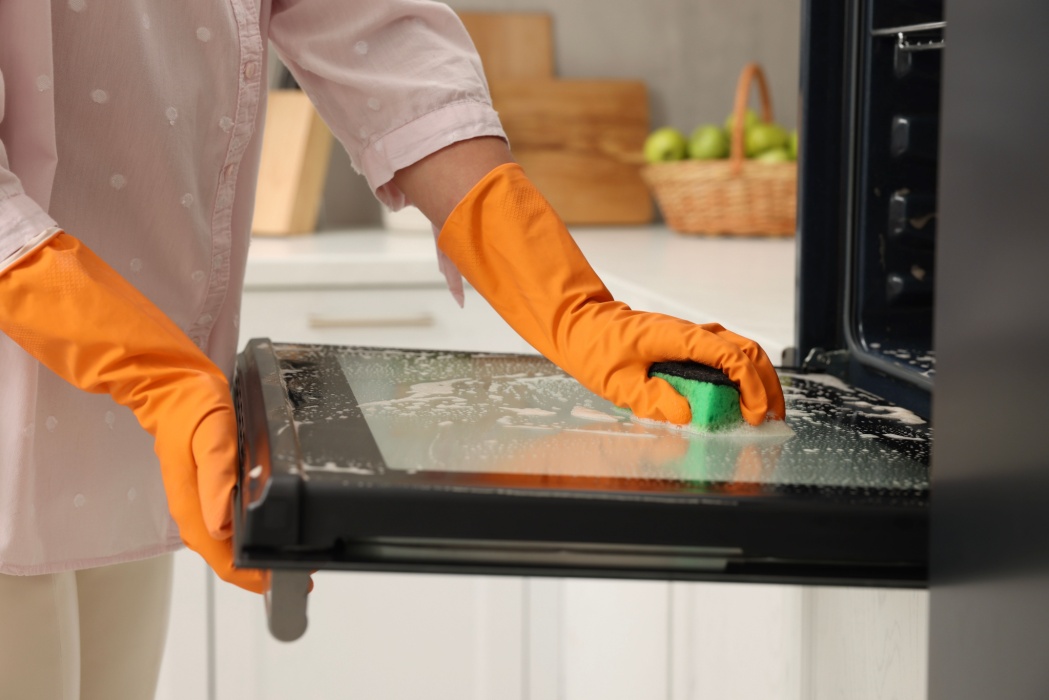
How to Clean Microwave Oven: Quick and Effective Cleaning Hacks You Must Try Out
January 31, 2025
6204+ views
Loved what you read? Share it with others!
NoBroker Easy Cleaning Tips Testimonials
Good
Wonder you
Looking good
Good condition
Extremely satisfied with the cleaning service, the team was careful, thorough, and really attentive to details. My home feels spotless and well taken care of.
Nice
Nice
The cleaners were thorough, efficient, and did a fantastic job.
The cleaners were thorough, efficient, and did a fantastic job.
The cleaners were thorough, efficient, and did a fantastic job.
One of the best company
Best work 💝
Wonderful 😊
Provide good and best services 👍
Nice!!
Great experience 😁
Good Place
Very good experience
Excellent
Suparr
Good
Awesome
My goods were delivered on time, as promised, with careful handling.
NoBroker Movers made my relocation stress-free and seamless.
The service was reliable, with attention to detail and a commitment to quality.
My goods were delivered on time, as promised, with careful handling.
NoBroker Movers provided a smooth and stress-free relocation experience.
Im using their Bathroom subscription plan from past 2 years and their services are very good.
Booked full house cleaning for Ugadi, they were on time and completed work very neatly Highly recommended !!
Professional and hustle free services
Took full home cleaning. They did an amazing job!
Most Viewed Articles

List of the Best Home Cleaning Apps: Book Home Cleaning Services for Daily and Deep Cleaning
January 31, 2025
24296+ views
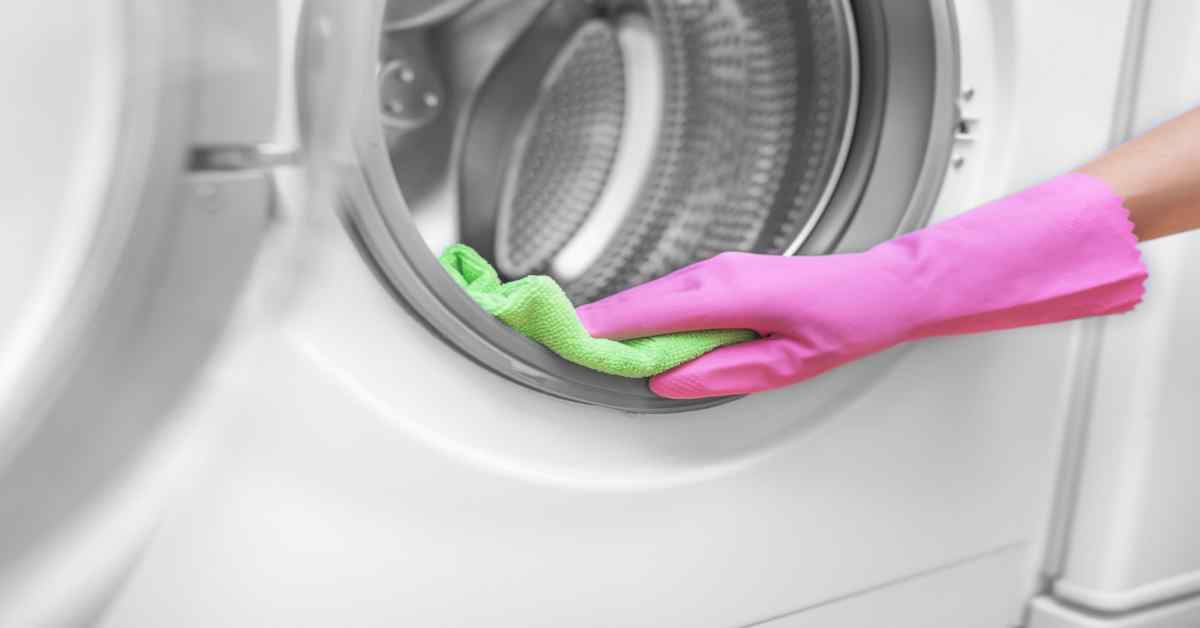
Deep Clean Your Washing Machine: Step-by-Step Guide & Tips
January 31, 2025
20381+ views

Diwali Cleaning Tips and Guide: Make Your Home Shine for the Festival in 2026
January 31, 2025
18150+ views
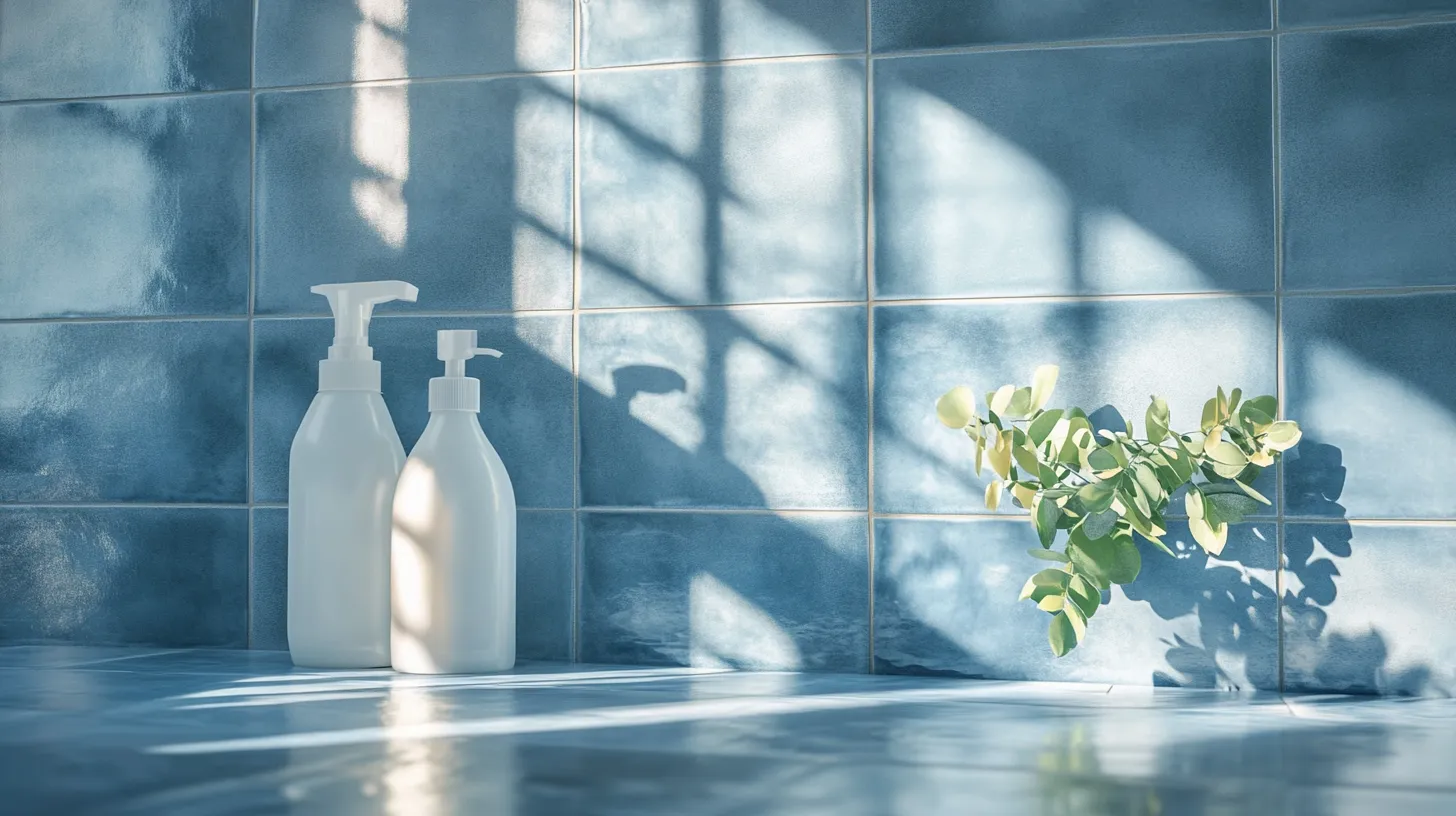
Top 10 Tile Cleaner Liquids with Prices in India for 2026
February 23, 2025
17196+ views
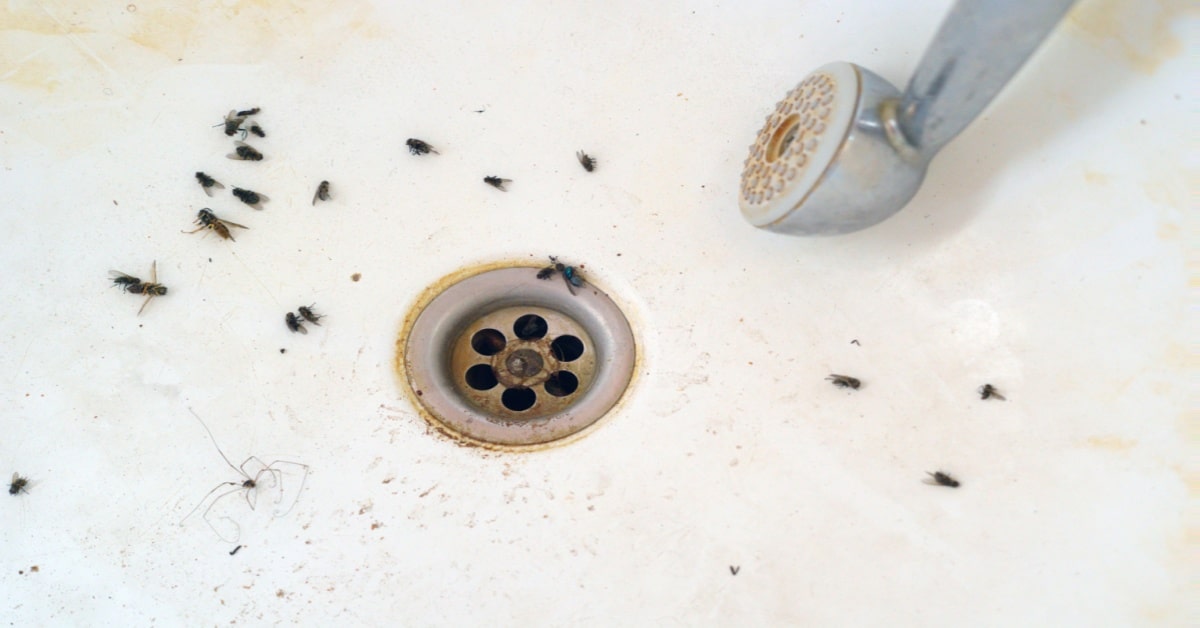
How to Get Rid of Bathroom Flies: 8 Quick Methods
January 31, 2025
16870+ views
Recent blogs in
How to Remove Ink Stains From Clothes: Methods and Fabric-Specific Solutions
January 9, 2026 by Vivek Mishra
How to Remove Yellow Stains From White Clothes: 6 Effective Methods to Remove
January 9, 2026 by Krishnanunni H M
How to Clean Non Stick Cookware Safely Without Damaging the Coating in 2026
January 7, 2026 by Siri Hegde K
Complete Deep Cleaning Checklist for Every Room in Your Home 2026
December 23, 2025 by Krishnanunni H M
Ultimate Daily Cleaning Checklist by Room for Easy Home Maintenance
December 17, 2025 by Kruthi








 Full RM + FRM support
Full RM + FRM support
Join the conversation!